Let’s Talk Fibers – Cotton
Cotton is made from the natural fibers of cotton plants.
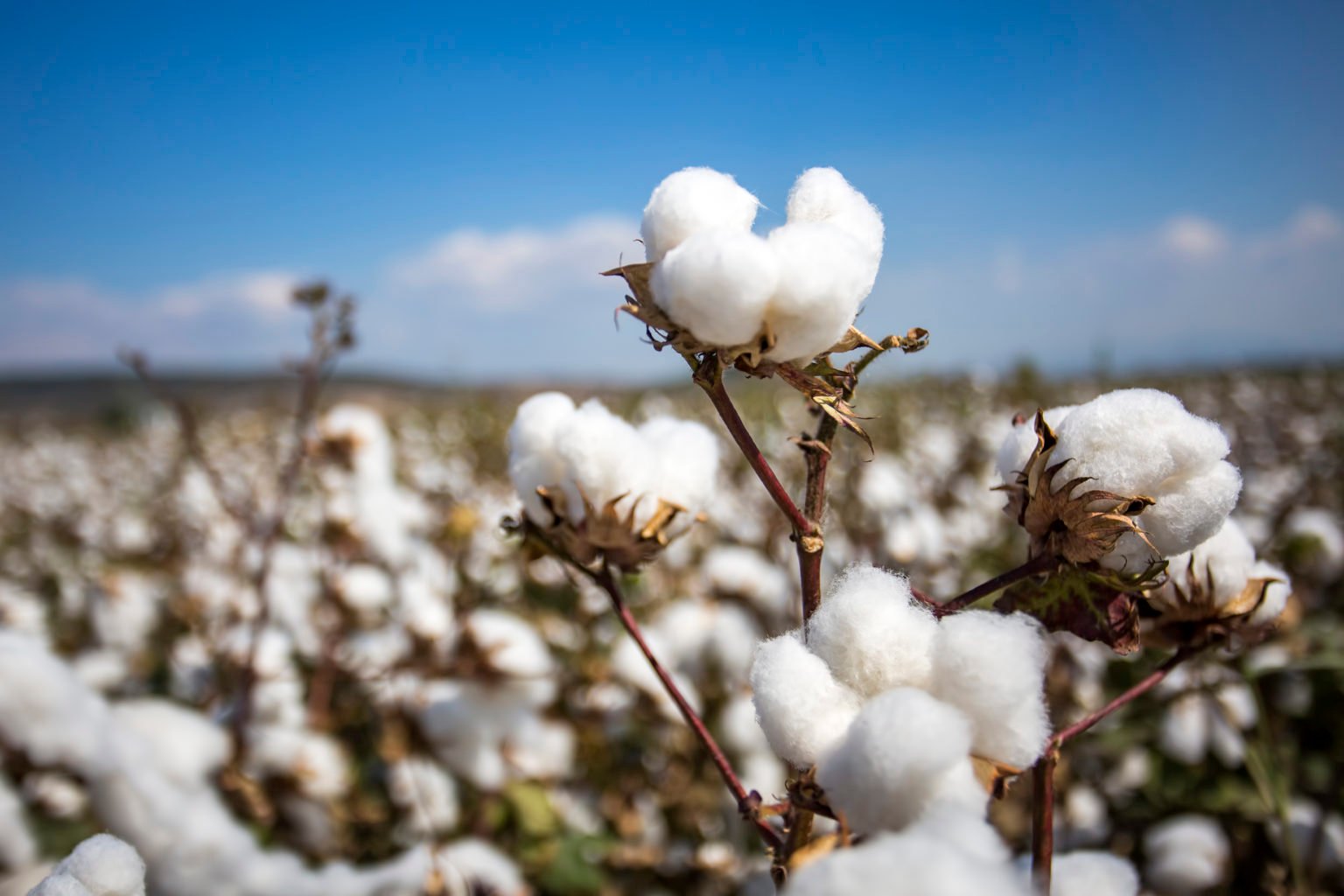
Many of us grew up singing along with Aaron Neville, “The touch, the feel of cotton, the fabric of our lives…” But why is cotton seemingly as nostalgic and deeply rooted in our culture as Coca Cola and Wonder bread? And more importantly- why is cotton used in conveyor belting and what are its advantages and disadvantages?
In the first article in this series we went in depth on polyester, and you will see in this article that cotton and polyester are rival fabrics that seem to excel where their nemesis struggles, but in the end, they also make a great pairing. They are the Roger Federer and Rafael Nadal of tennis- They are both stars and stand well on their own, but when you put them together in a doubles match, they are unstoppable. When you think about the t-shirts you wear, what matters more? A shirt that breathes well or keeps its shape well? Does it matter to you whether you are wearing man-made or natural materials? Let’s dig into cotton.
WHAT IS COTTON?
We all know that cotton is a natural fiber, but what exactly is cotton, and where did it originate? Cotton is made from the natural fibers of cotton plants. It is primarily made up of cellulose, which is an insoluble organic compound that is necessary for plant structure and is the “soft, fluffy material.”
The word cotton specifically refers to the part of the cotton plant that grows in the “boll,” which is the encasing for the fluffy cotton fibers. That cotton is then made into yarn and then woven together to create the soft, durable fabric we know as cotton.
The earliest cotton production was in India, dating back to 5000 B.C.! India was also where the first cotton gin was invented in the thirteenth century. The cotton gin separates the cotton fluff from the seeds and makes the production easier and quicker, helping cotton to be such a widely used textile.
You might be saying, hey! I thought Eli Whitney invented the cotton gin in the United States! Whitney invented the mechanical cotton gin, which cut down the hours of manual labor needed to produce a bale of cotton from 600 hours to just 12! Talk about a LEAN advancement!
Cotton grows in tropical/subtropical regions throughout the world, including the U.S., China, India, Brazil, Turkey, and more. Within the U.S., Texas is the largest producer of cotton. The “South Plains Region” in Texas is the “largest contiguous cotton growing area in the world.”
There are 4 types of cotton that are produced. Pima Cotton is native to South America and the American Southwest and is considered the finest of the cottons. Its fibers are very long and soft and have the best resistance to fading, tearing, and wrinkling. Egyptian Cotton is native to Buffalo, NY. (just kidding- making sure you are reading carefully!) It is native to the Nile River Valley in Egypt and is the same scientific class as Pima Cotton, it is just referred to by its region of growth. Upland cotton makes up 90% of the world’s cotton production and has very short fibers. And organic cotton is any type of cotton that is grown without chemicals or genetic engineering.
A few of the key characteristics of cotton are softness, durability, absorbency, breathability, and no static cling. While these characteristics are what make cotton such a great fabric for clothes and bed sheets, they aren’t all advantageous for conveyor belting. Let’s look at the industries where cotton belting is used and where it shouldn’t be used.
BRIOCHE, BOXES, AND BATTERIES, OH MY!
Let’s start with the positives first. What industries primarily use cotton belting, and why?
First off, let’s head to the bakery! This is an interesting industry to discuss cotton belting, as it is probably the first one that you would think of, but over time, bakery belting has actually been moving away from cotton belting into more sanitary options in PVC and PU.
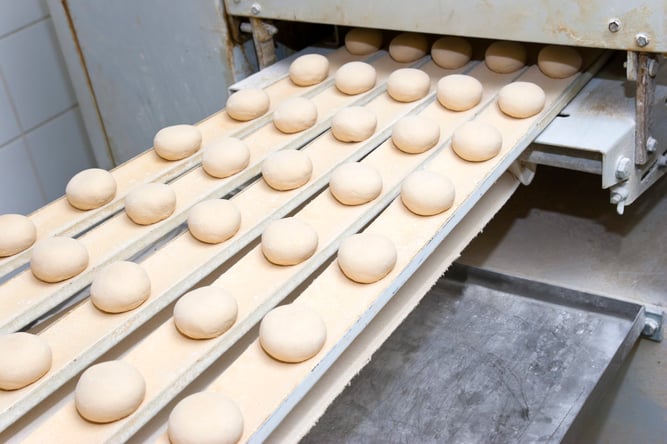
Two main reasons why cotton has been historically used for bakery applications is the high absorption rate and the release properties. If you have ever made bread, you know that when you leave dough out for even a short amount of time, the top surface of the dough dries out a bit and becomes less sticky. Due to the high absorption rate of cotton, the belt has that same effect, but in a uniform manner to cause the dough on the belt to be less sticky and more manageable.
Cotton belting also has better release properties due to the weaving pattern of the cotton creating less contact surface. The flour dusters are able to cover the contact surface better with flour, and that increases the release as well.
One area of bakery belting that is still primarily using woven cotton belting is for rotary moulders, as cotton has better extraction properties to pull the cookies out of the mould. Also, Cotton belting has higher heat resistance than belts with thermoplastic covers.
Another industry using cotton belting is commercial laundry, specifically the folders and stackers. This industry looks to cotton for its strength, abrasion resistance, minimal shrinkage and antistatic properties. These are the blue and red striped belts that I’m sure you can picture!
Corrugated cardboard production is another line that utilizes cotton belting. In this application, the advantages of cotton are the high water absorbability/release properties, low noise levels, smooth operation, and good wear resistance, leading to a long and successful service life!
The last application to highlight in this section is the use of cotton belting as pasting belts for LED batteries. The advantages of cotton in this application are wear resistance, corrosion resistance, slip resistance, acid-proof, and alkali resistance. In the battery production industry there are a number of types of belts used, and many have turned to the steel belt pasters, but there are many advantages still to using the cotton belting. A few of these advantages are the belt costs being much lower, the system being more forgiving which requires less operator skill, and the reduced overhead costs.
So from buns to batteries, cotton can be an excellent choice for conveyor belting. But with any material, there are disadvantages on the other side that keep it from being the perfect belt for any application.
(dis)Advantages
There are a few key disadvantages to cotton belting, and you will see that they are the opposite of polyester! Yin for Yang so to speak. Because of the high moisture absorption of cotton, it shrinks and stretches a lot! A cotton belt can shrink or stretch 3-4% without even touching it! It also can create mildew and contamination as a result of being a natural fiber that does not contain any synthetics or chemicals. The mildew/contamination on the product produces enzymes that break down the cellulose of the cotton into compounds that the mildew/contamination then use as food! There is a lot more going on than just material handling!
Another disadvantage in comparison to polyester is the price. This pricing can be dependent on a number of factors like popularity and availability, but pairing this with the fact that the natural fibers of cotton wear faster than its synthetic counterpart, the cost is definitely higher.
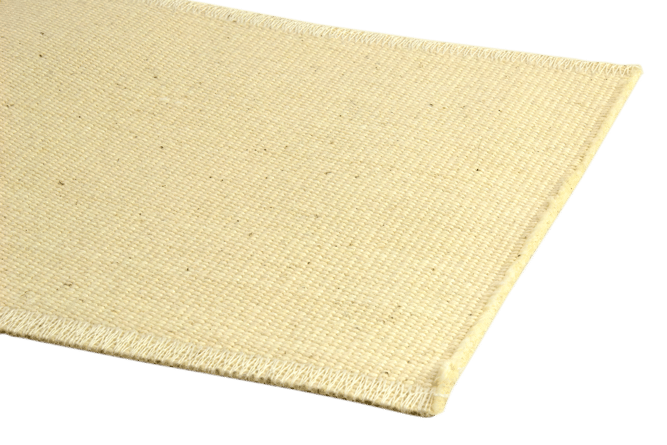
And the last disadvantage to mention here is that since cotton is not a thermoplastic, it has to be woven to width or have the edge overcast so that it doesn’t fray. The ease of stocking full slabs of PVC or PU belting and cutting them to width and length easily is not found with cotton.
THE CHOICE IS YOURS
When it comes down to the fabric of our lives, the choice is yours whether you prefer cotton or polyester. Do you want a shirt that keeps it shape well or breathes well? Does it really matter to you whether you are wearing around natural or synthetic fibers?
When it comes down to the fabric of our belts, that is something different! Cotton has great properties that make it the ideal fabric for many industries. But where it fails, polyester has been formulated to excel. And when you are able to put the two together, you can achieve great things!
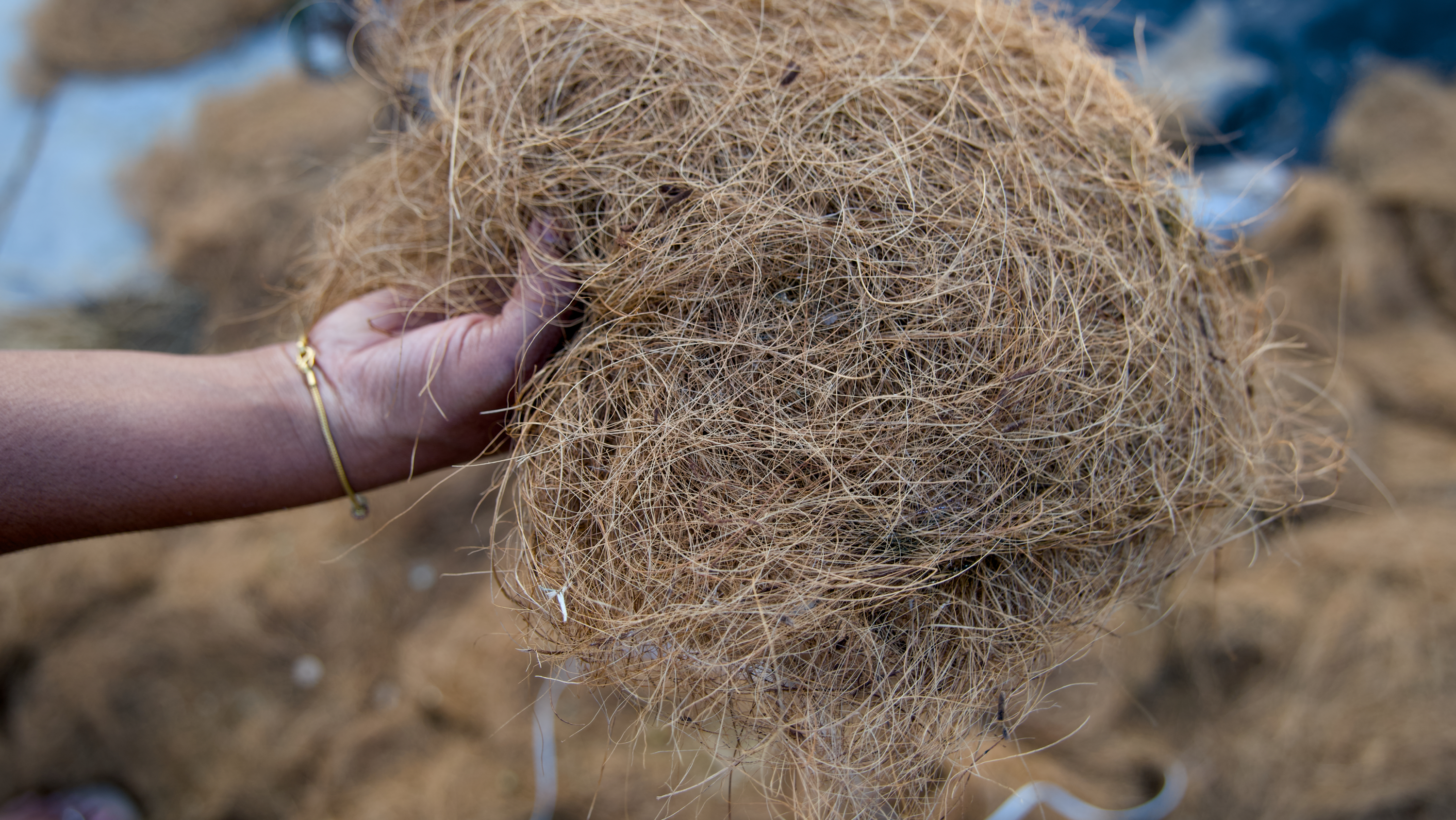
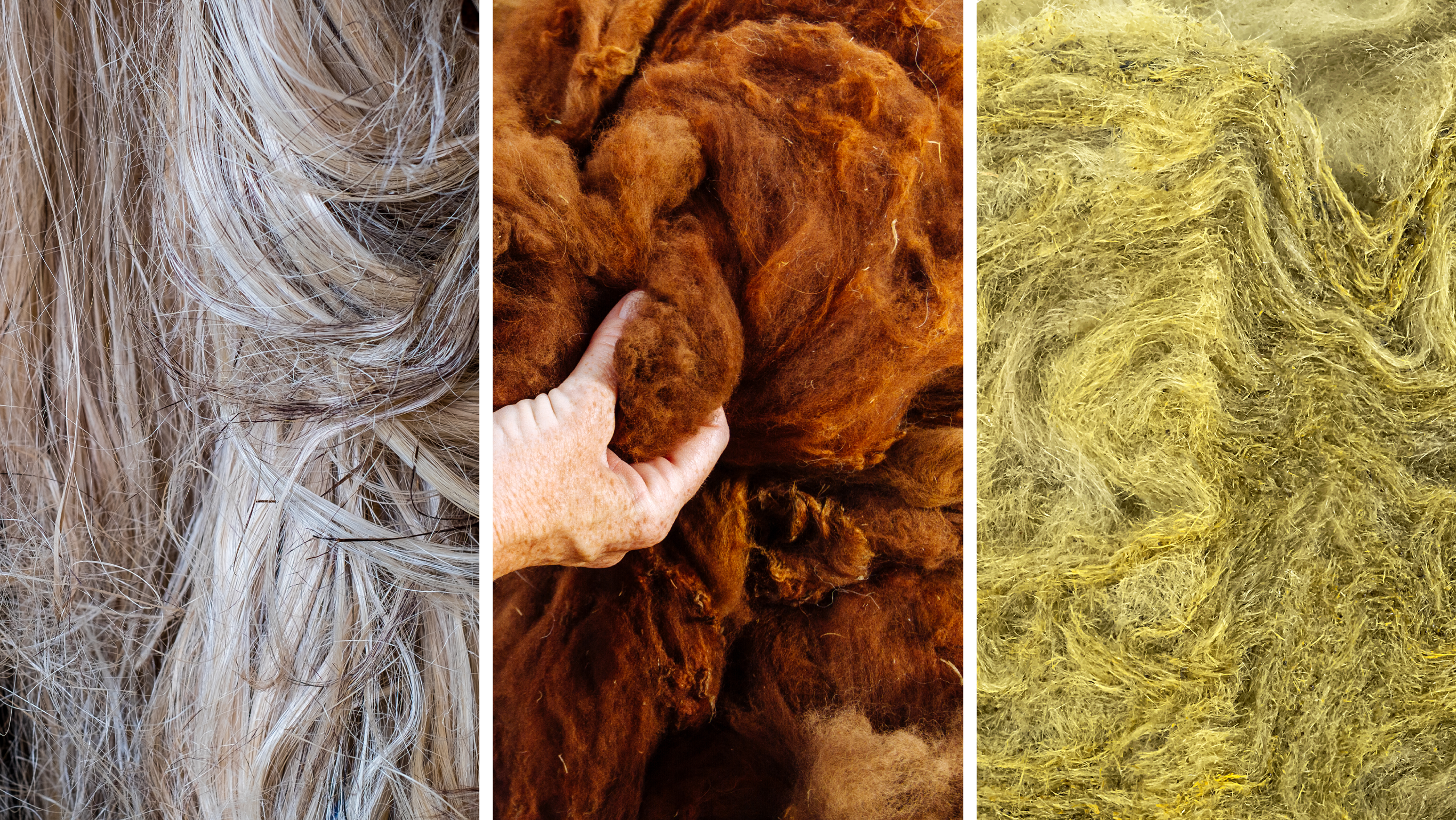
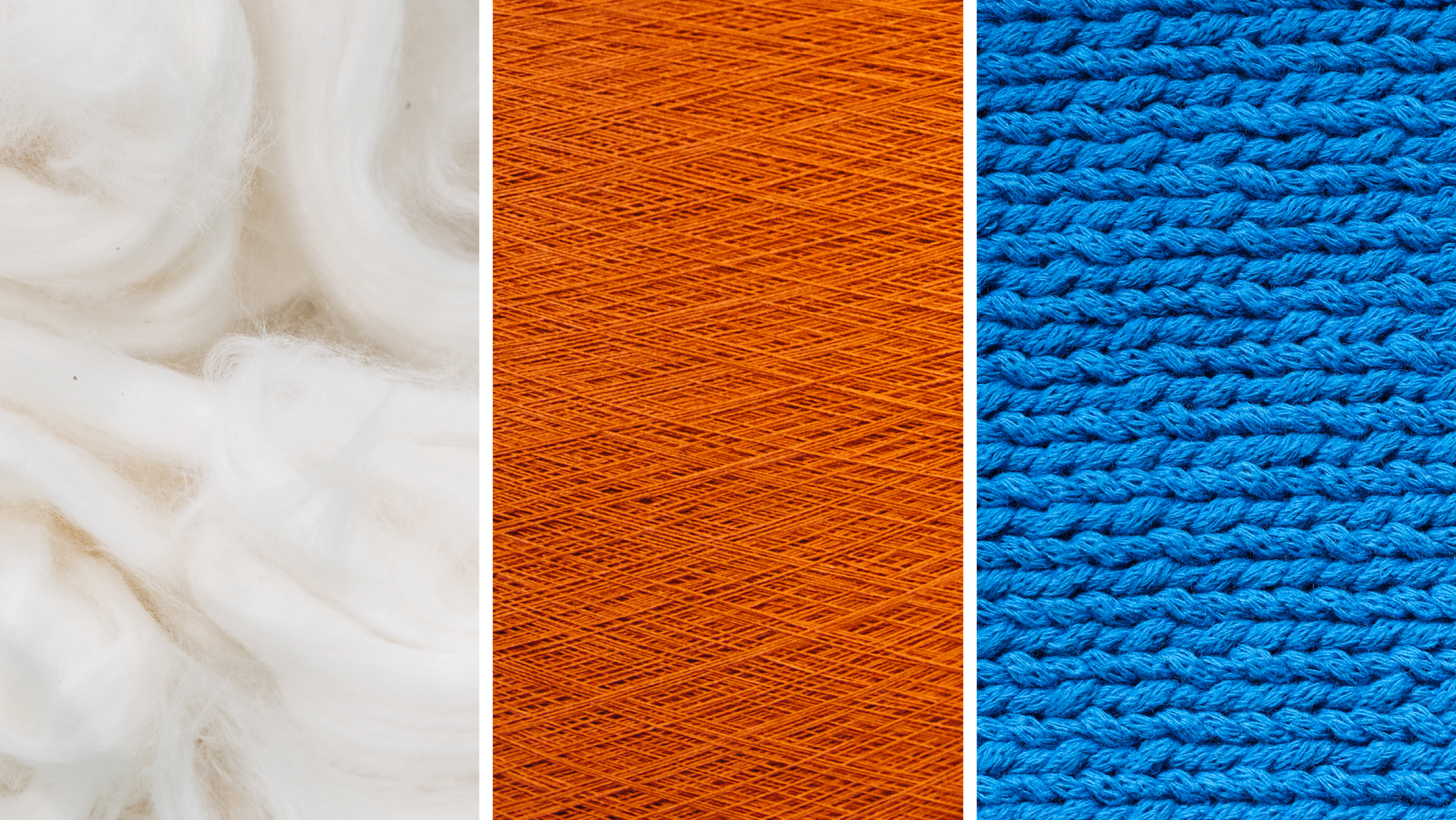
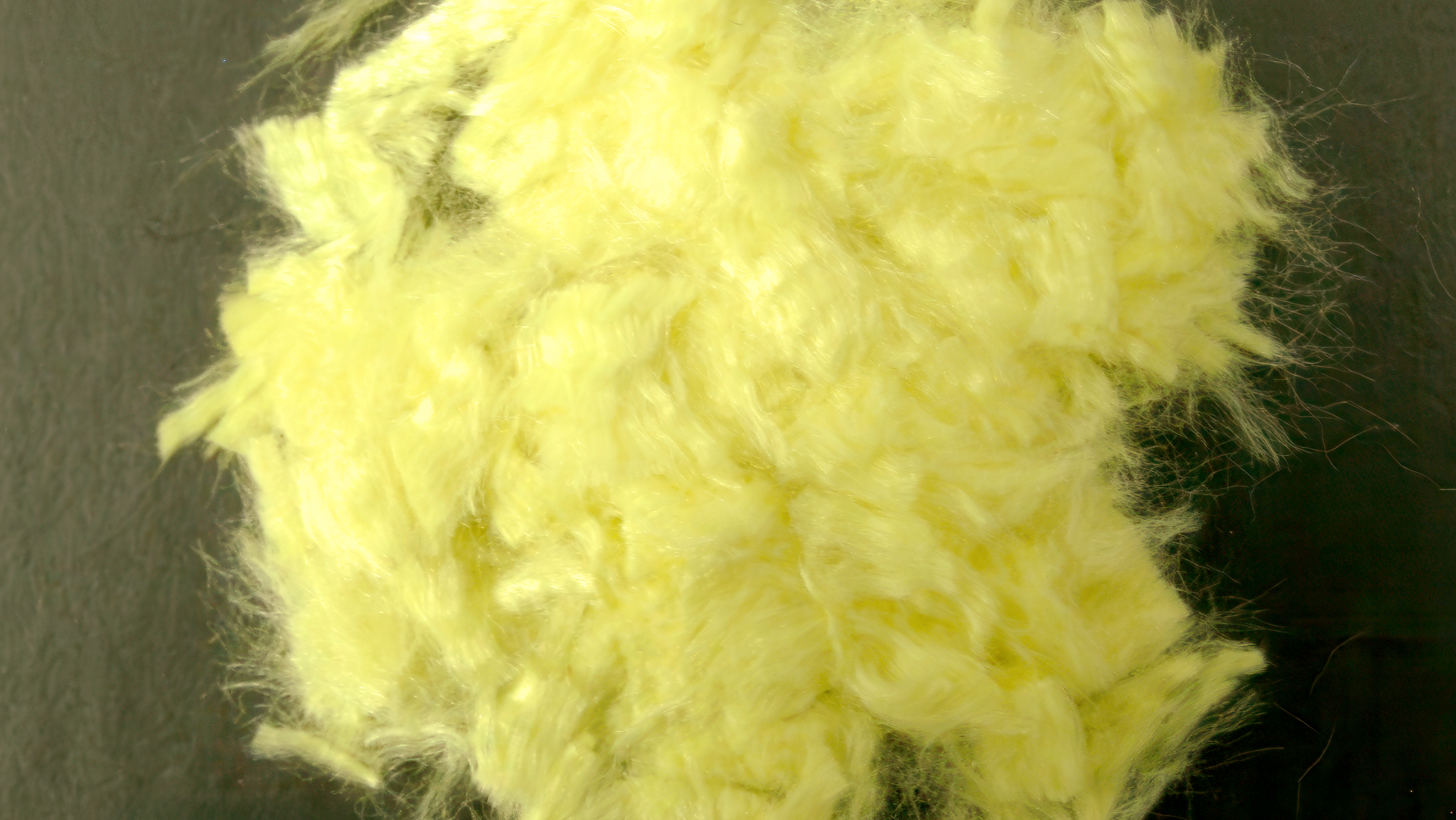
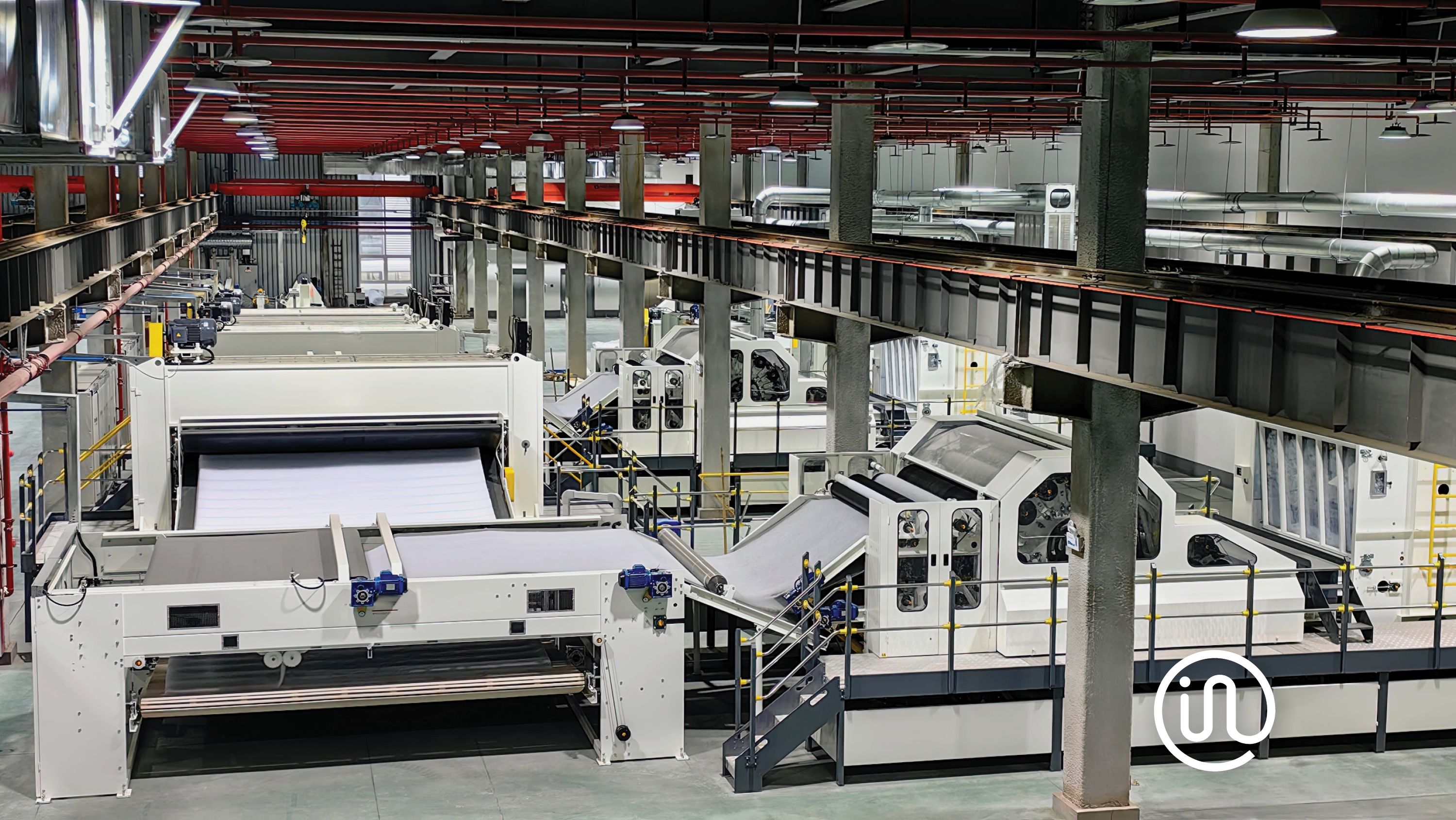
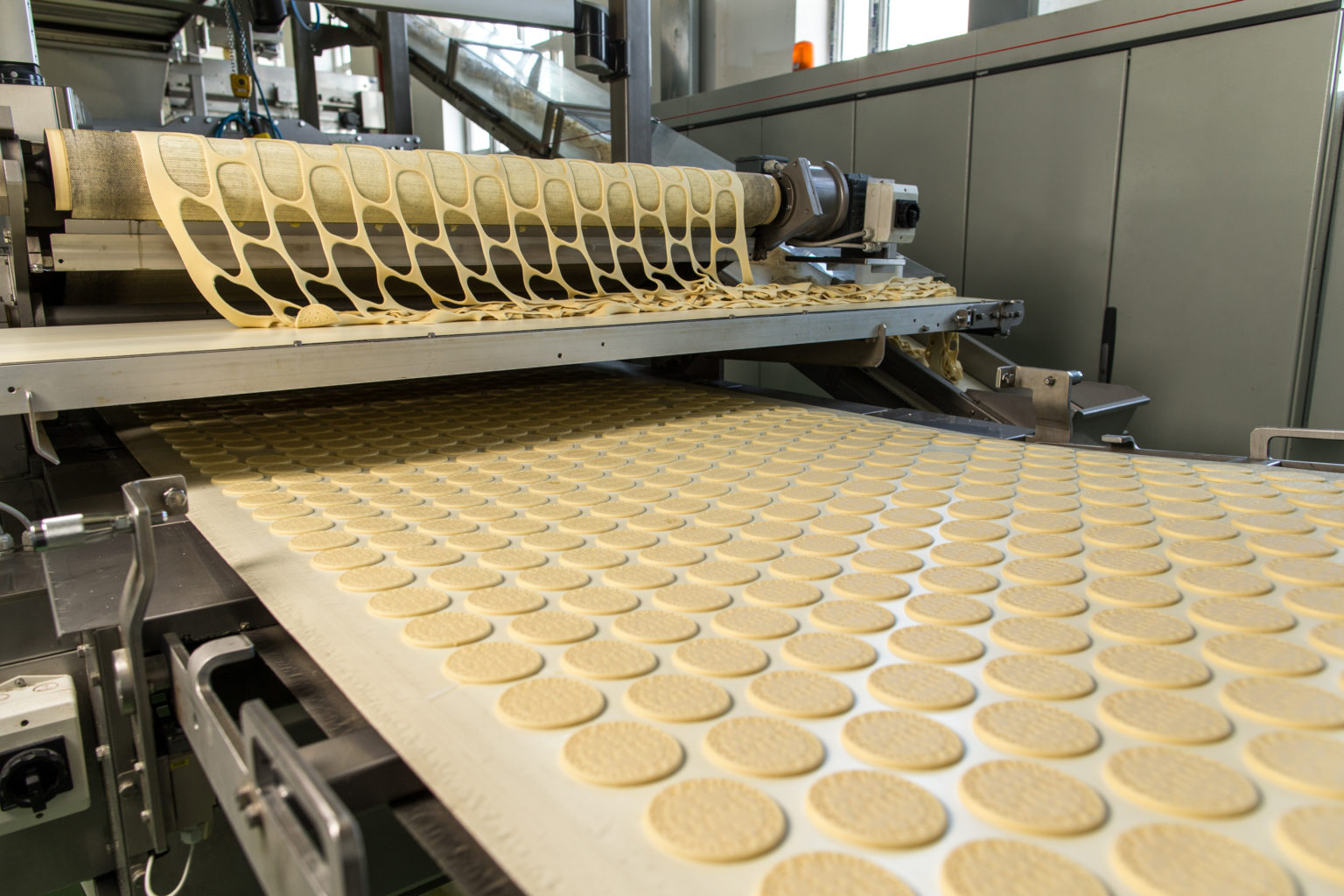
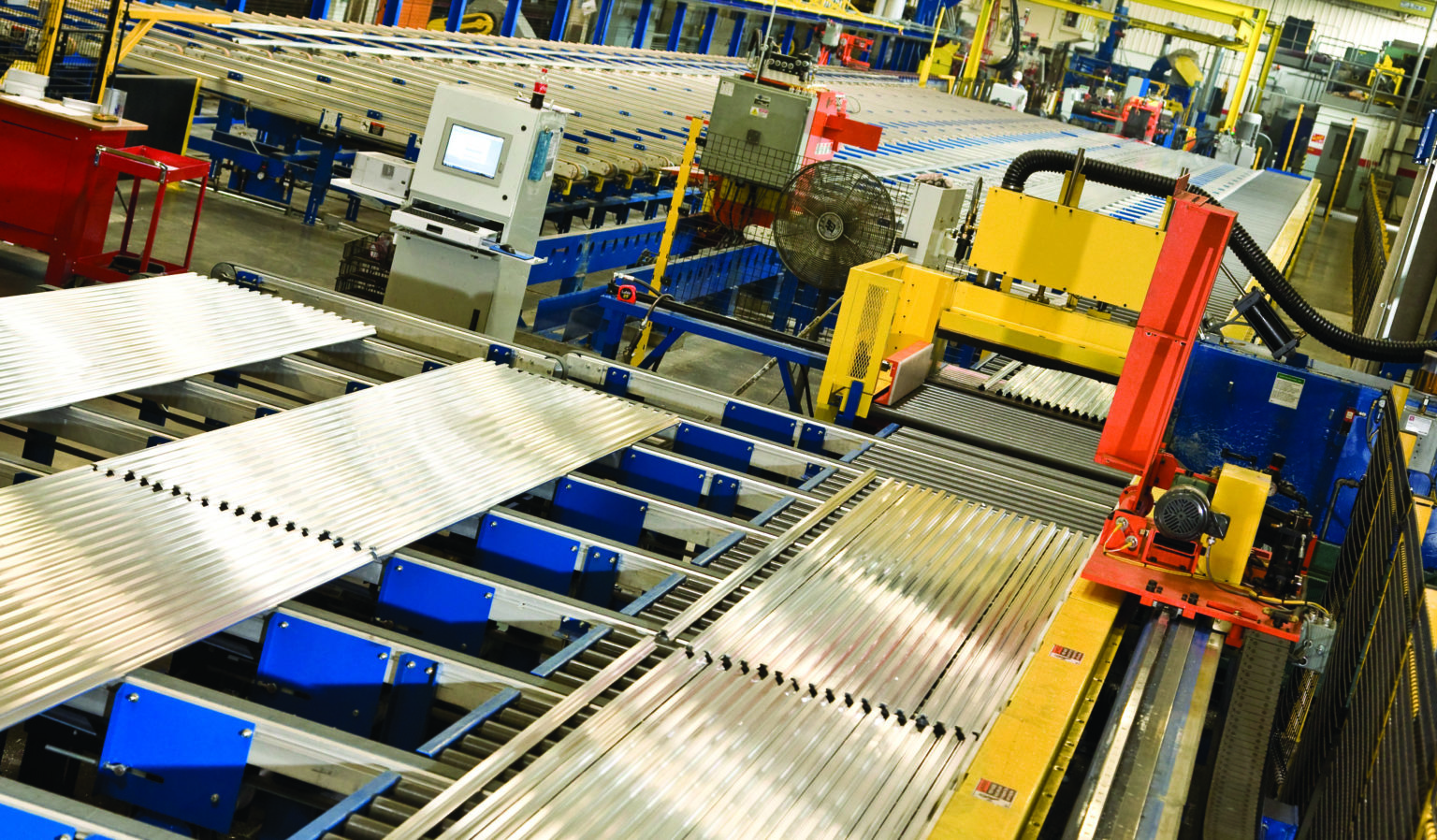
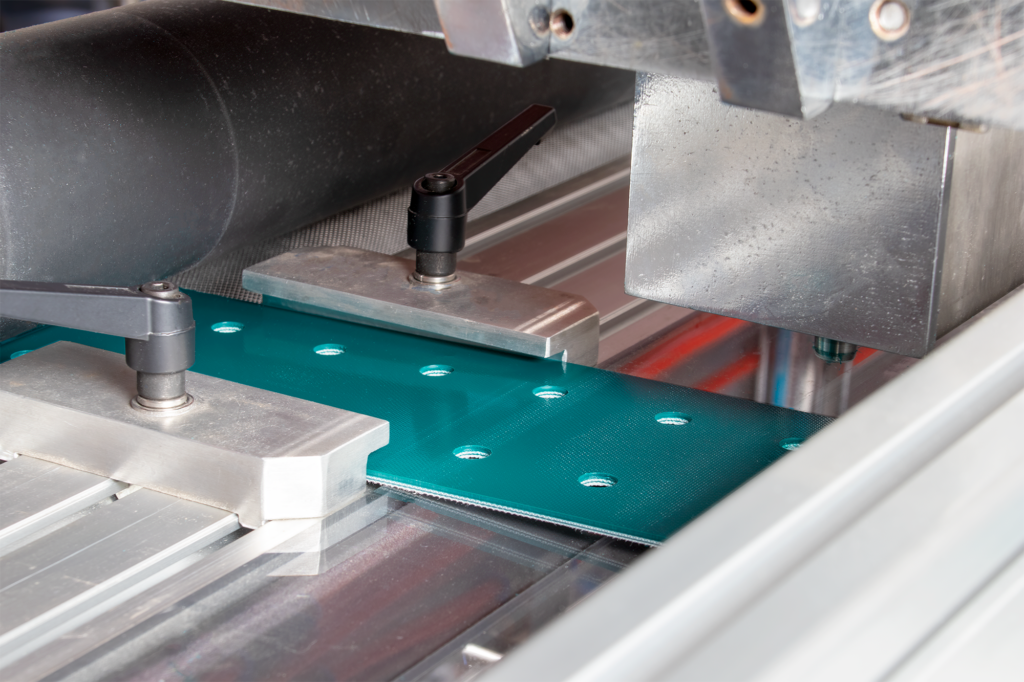
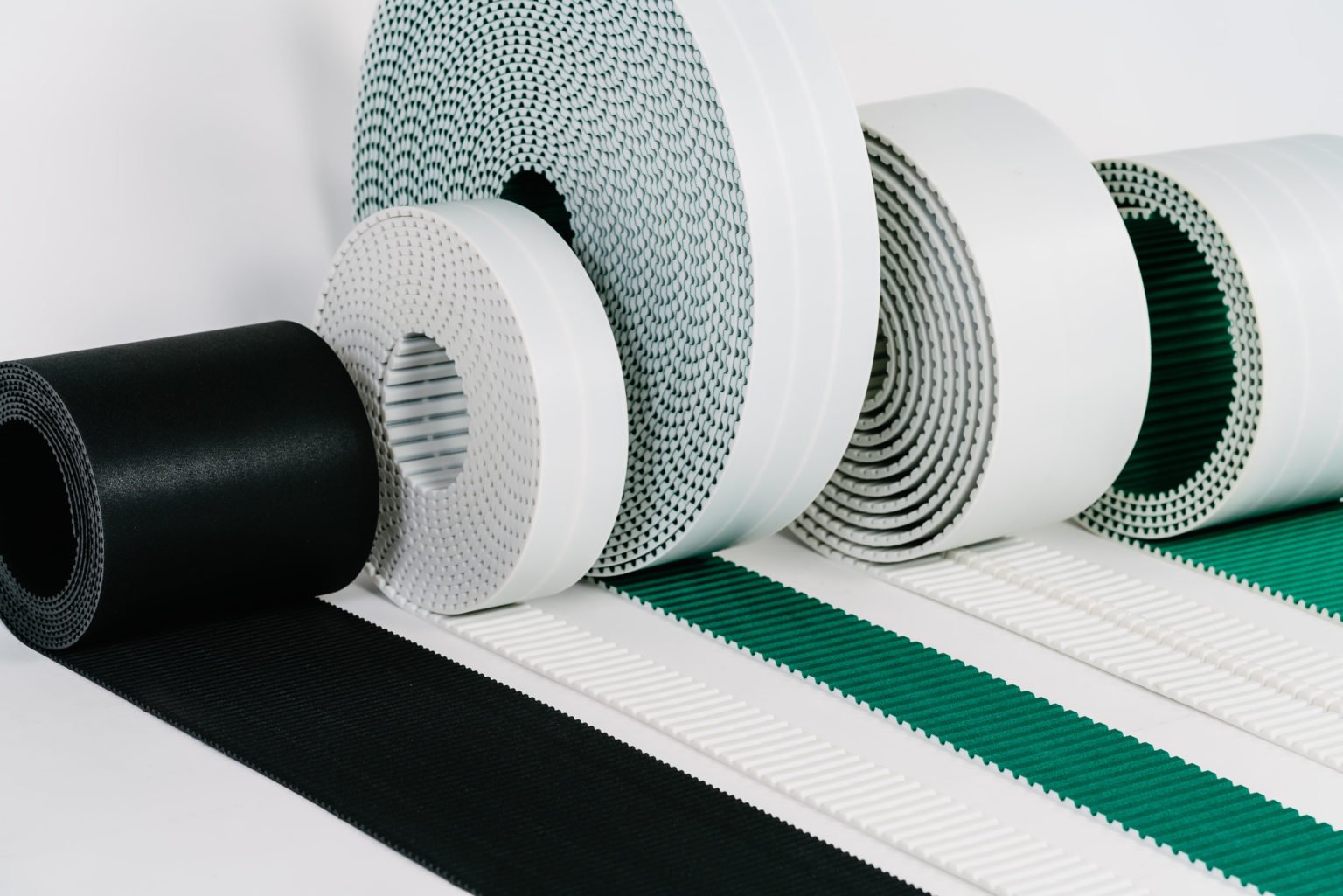
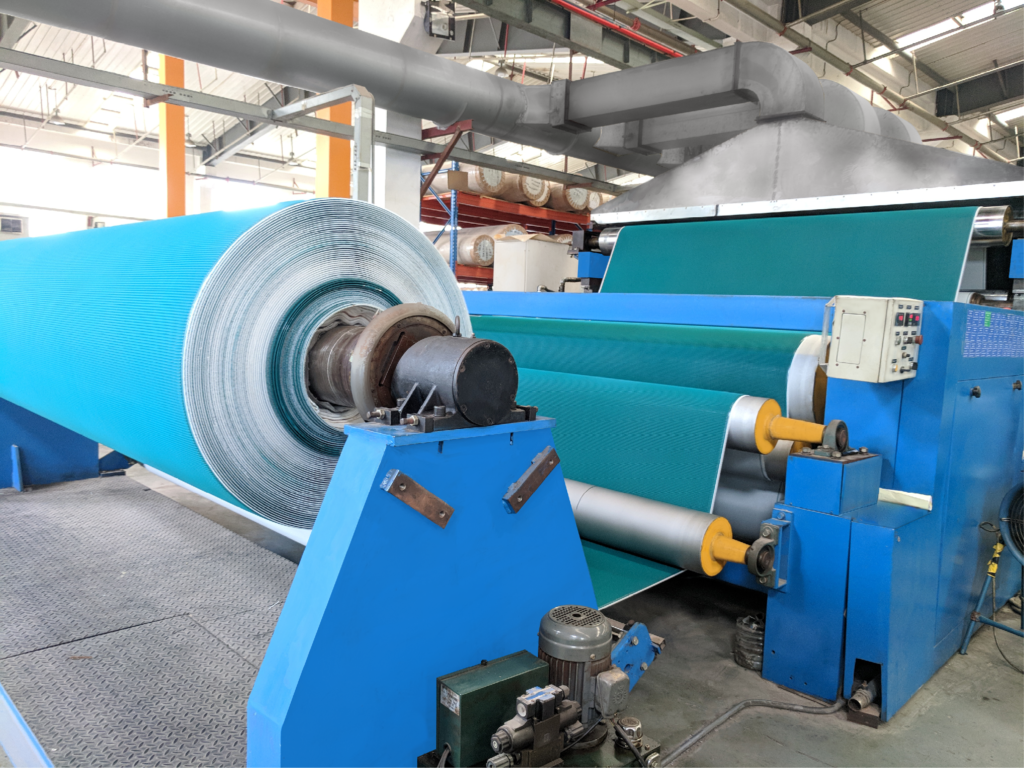




LEAVE A REPLY